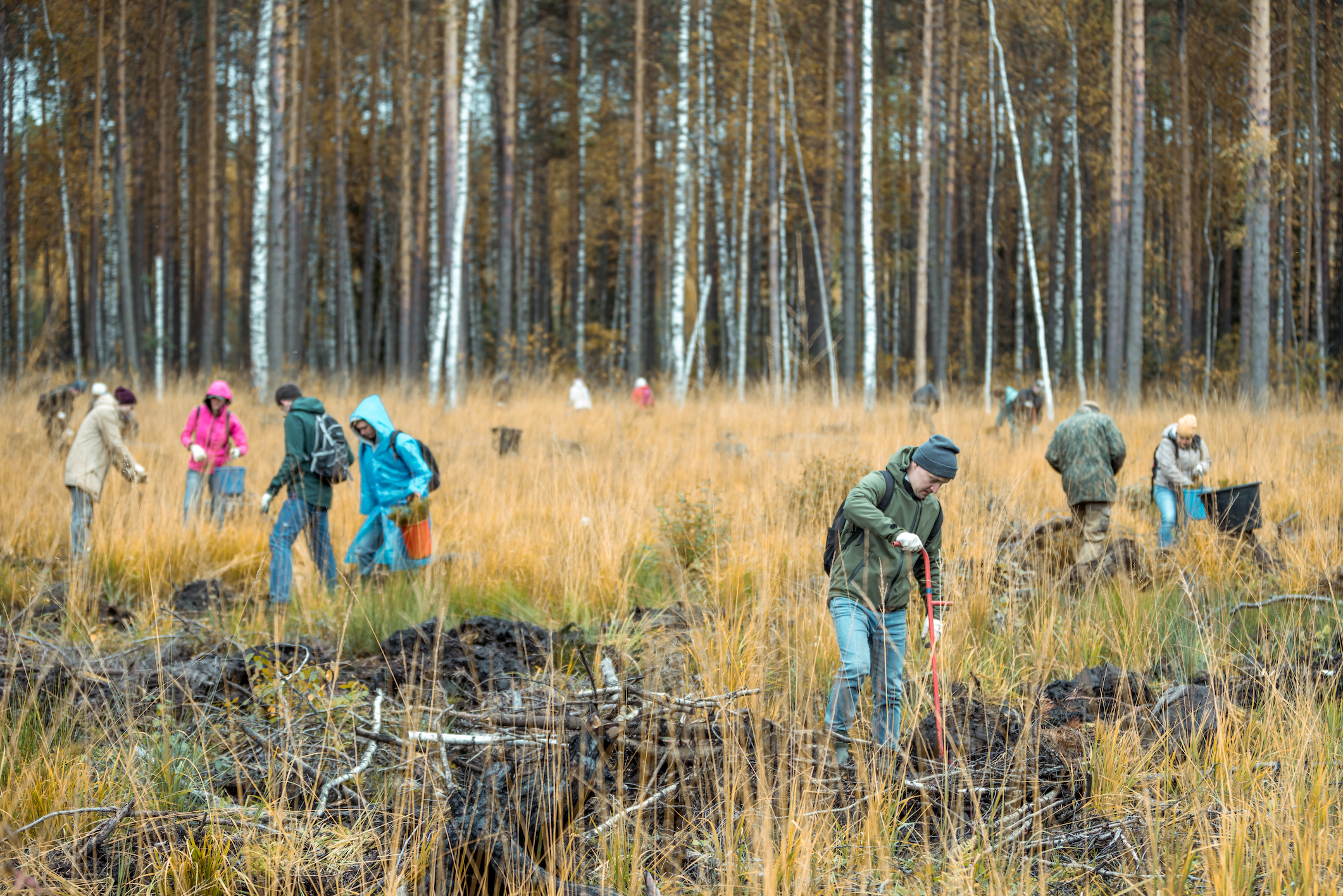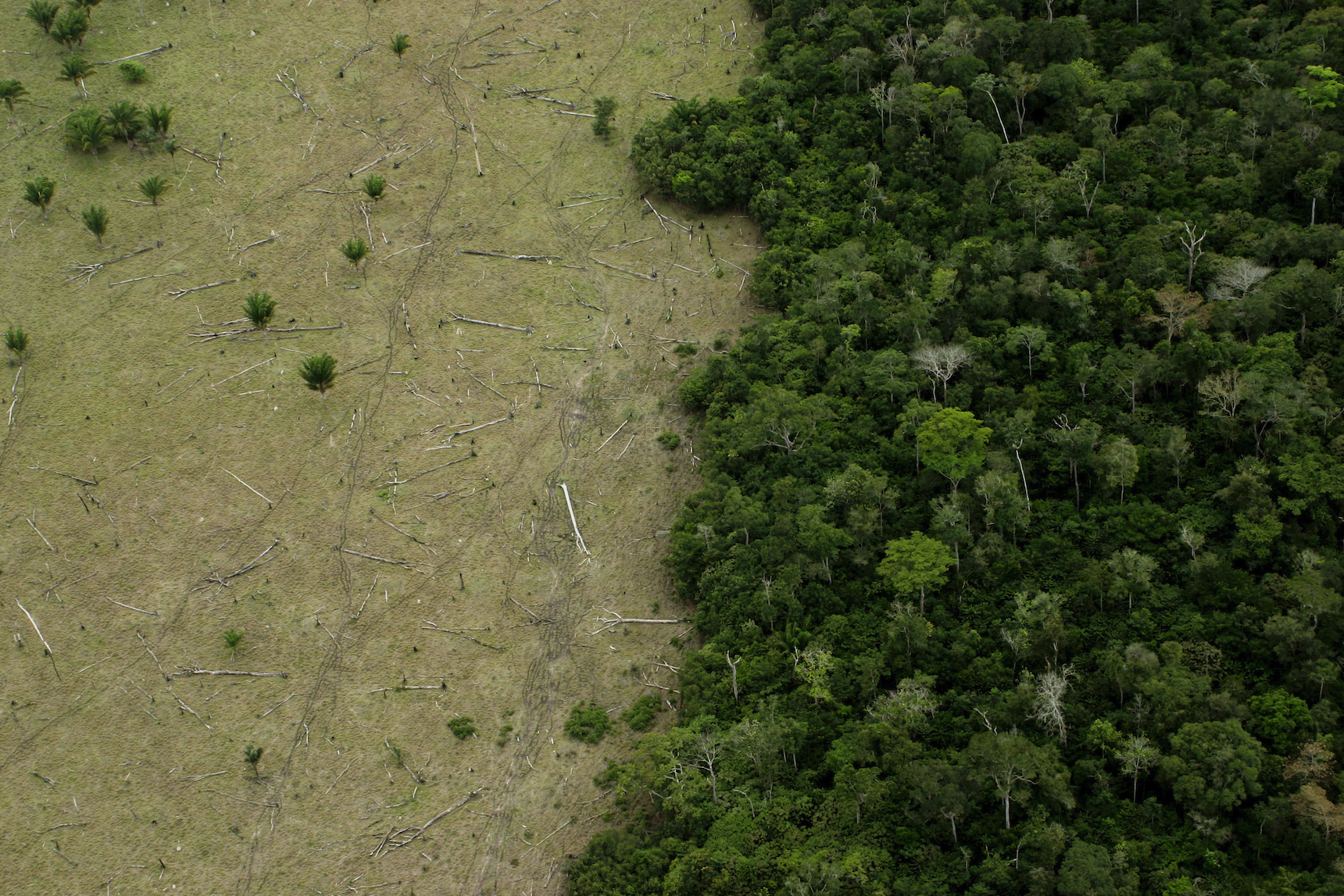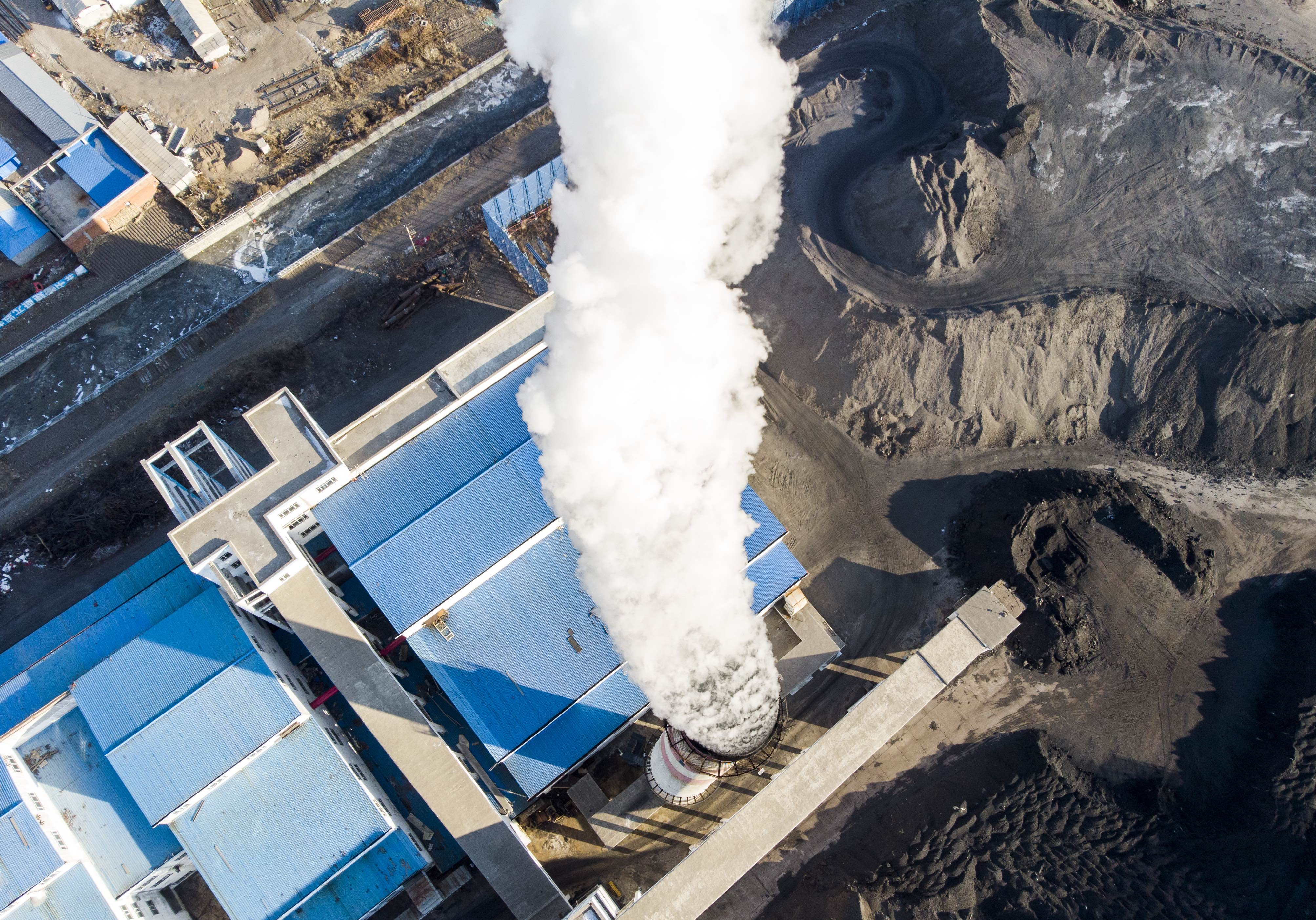
Environment
Mapping climate policy

While restoring ecosystems is crucial for planetary health, it’s no substitute for preventing emissions from fossil fuels
Published 4 July 2022
Growing commitments to net-zero climate targets to achieve the Paris Agreement goals are a welcome step forward on climate action but have also seen an increasing focus on nature restoration to remove carbon-dioxide from the atmosphere.
Nature restoration broadly refers to allowing degraded agricultural lands, forests and other ecosystems to naturally recover through less intensive use or replanting.

But this risks over-relying on land for mitigation at the expense of phasing out fossil fuels. At the same time, a wide range of activities are now being called ‘nature restoration’ even though some of them – like monoculture tree plantations – actually degrade nature by destroying biodiversity, increasing pollution and removing land from food production.
Our new research estimates the potential for removing Co2 using nature restoration options that minimise land-use change, and the contribution this would make to a 1.5°C temperature limit.

Environment
Mapping climate policy
Our team found that, while restoring ecosystems is crucial for planetary health, it’s no substitute for preventing emissions from fossil fuels. In fact, the hype around nature restoration tends to obscure the importance of conserving existing forests and other ecosystems that are already storing carbon, rather than removing it from the atmosphere.
Ongoing emissions cause extra warming if we compare it to a world in which those emissions never happened. This warming cannot be compensated by nature restoration.
Phasing out fossil fuels and ending land-use change emissions – like we see from deforestation and forest degradation – is the priority for limiting warming to 1.5°C.
Our team applies a ‘responsible development’ framework to nature restoration, which broadly means restoration activities follow ecological principles, respect land rights and minimise land-use change.

This requires differentiating between activities that restore degraded lands and forests compared to afforestation or reforestation. This distinction matters because reforestation requires a land use change with more risks and potential trade-offs than restoring degraded lands, which can occur while maintaining existing land uses, enhancing agricultural and biodiversity services. Afforestation refers to planting trees where they don’t normally grow, so we don’t include this activity at all.
We suggest this combination presents the maximum ‘responsible’ land restoration potential that’s available to contribute to climate mitigation.

It would result in a median of 103 GtC (gigatonnes of carbon) in cumulative removals between 2020-2100, which falls within existing ranges of land-based carbon removal estimates.
Based on this removal potential, we then looked at the impacts on peak warming and century-long temperature reduction. Quantifying the temperature impacts from this amount of carbon removal shows that nature restoration can marginally lower peak warming, but any climate benefits are dwarfed by the scale of ongoing fossil fuel emissions.
When combined with deep decarbonisation scenarios, our restoration scenario briefly exceeds 1.5°C before declining to between 1.25 – 1.5°C by 2100 (median, 50 per cent probability).
The climate mitigation potential of nature restoration is often assessed in terms of carbon removal rather than temperature impact.
But looking at the temporal dimension of removals versus emissions shows that additional sequestration via nature restoration is unlikely to be done quickly enough to notably reduce global peak temperatures expected in the next few decades.

Of course, actions to phase out fossil fuels and restore degraded lands and forests must also be coupled with ending deforestation, or the emissions from deforestation will wipe out any gains from carbon removal.
If we look at the impact of phasing out ongoing land-use emissions to reach net-zero in the land sector by 2030, halting deforestation by 2030 compared to ongoing emissions over the century has a very small impact on peak temperature, but reduces warming over the century by approximately 0.08°C.

Environment
Our window is closing on a liveable future
Taken together, this means that ecosystem restoration options together with halting deforestation by 2030 (net-zero land sector) could reduce end-of-century warming by 0.18C.
This scenario only considers the case where deforestation is approximately constant or decreases.
A significant increase in deforestation could cause significant warming, given that the above-ground carbon stocks in primary tropical forests alone (104–118 GtC) are greater than the remaining global carbon budget, which has recently been estimated at around 98 GtC from 2022 for a 50 per cent probability of limiting global warming to 1.5 °C above pre-industrial levels.
An implication for limiting peak warming is that the carbon removals we have considered here cannot be used to offset ongoing emissions from fossil fuels or land-use change.

Retaining the possibility of limiting warming to 1.5°C requires rapid reductions in fossil fuel emissions before 2030 and achieving net zero globally by 2050, with wealthy nations achieving net zero earlier than the global average based on their higher historical emissions.
Emissions from deforestation must also end, but these are dwarfed by the scale of fossil emissions, which contributed 86 per cent of all carbon dioxide emissions in the past decade, compared to 11 per cent from forest degradation and land use change.

But protecting existing ecosystems – like intact forests, peatlands and wetlands – has an important immediate mitigation benefit by avoiding emissions from the carbon stocks stored in these ecosystems, and is critical to preventing further biodiversity loss.
Ultimately, a global phase out of fossil fuels is necessary as acknowledged for the first time by governments in the recommendations from Stockholm+50.
We now need new international cooperation and agreements to stop expansion of fossil fuels globally and for governments to strengthen their national climate pledges, based on their fair share of global effort, under the Paris Agreement’s ratcheting mechanism.
The removals of carbon dioxide through land cannot be used to delay these urgent actions.
A version of this article appears in The Conversation.
Banner: Getty Images